What is Visual Effects?
Visual Effects (VFX) involves the integration of live action footage (which may include in-camera special effects) and generated imagery (digital or optics, animals or creatures) which look realistic, but would be dangerous, expensive, impractical, time-consuming or impossible to capture on film. Visual effects using computer-generated imagery (CGI) have more recently become accessible to the independent filmmaker with the introduction of affordable and relatively easy-to-use animation and compositing software.
Visual Effects are not just limited to big blockbuster films, they are commonly seen in television commercials, broadcast series, architecture, advertising and more.
Why would you want to work in Visual Effects?
You might be drawn to Visual Effects because it's a career that combines the creativity and cutting-edge technology of film and television. It could also be because you love to draw and build things on the computer. There are so many career paths in this industry that can accommodate different interests.
Difference when compared to the 3D Animation Industry
The main difference between 3D Animation and Visual Effects is to do with live action elements. 3D Animation traditionally uses 100% CG elements. Although techniques are similar, the Visual Effects industry relies heavily on capturing real world footage (plates) and integrates CG elements into them seamlessly. The best way to think of this is Toy Story is 3D Animation industry, The Avengers is Visual Effects.
Key VFX Roles and Departments
The process of creating visual effects is long, challenging and very technical. Teams are large and very diverse which means there are opportunities for all types of people ranging from hardcore coders through to illustrators and non-artists who like managing teams. Everyone plays a crucial role in producing the final visual effects and I've listed some of the most common creative and technical roles below to help you understand where you might fit it best.
Animator
Animators are story-driven. An Animator breathes life into a modelled character by making it move, talk, and express emotions. The animation team will usually have reviews with the studio's Animation Director and the Director of the film: both ensuring the performance and narrative are true to the script. Animators create moving images by using digital models and various other digital environments.
Compositor
Compositors are often called "The Finisher". The buck stops with them - a film's Director will approve shots coming out of this department, that will make up the final edit. A Compositor is responsible for assembling the final shot by combining final layers/renders from other departments. Although it is primarily a 2D role, compositing is interesting in that it requires someone to have an artistic eye, as well as a good knowledge of the CG process, cinematography and storytelling.
Concept Artist
The Concept Artist in a Visual Effects or Animation studio is assigned at the very start of a project and can work throughout a production. The role of a Concept Artist does change from pre-production to production and are needed throughout the project, working closely with a Director, to dream up the intended look and feel of the characters and environments in a film, in 2D form.
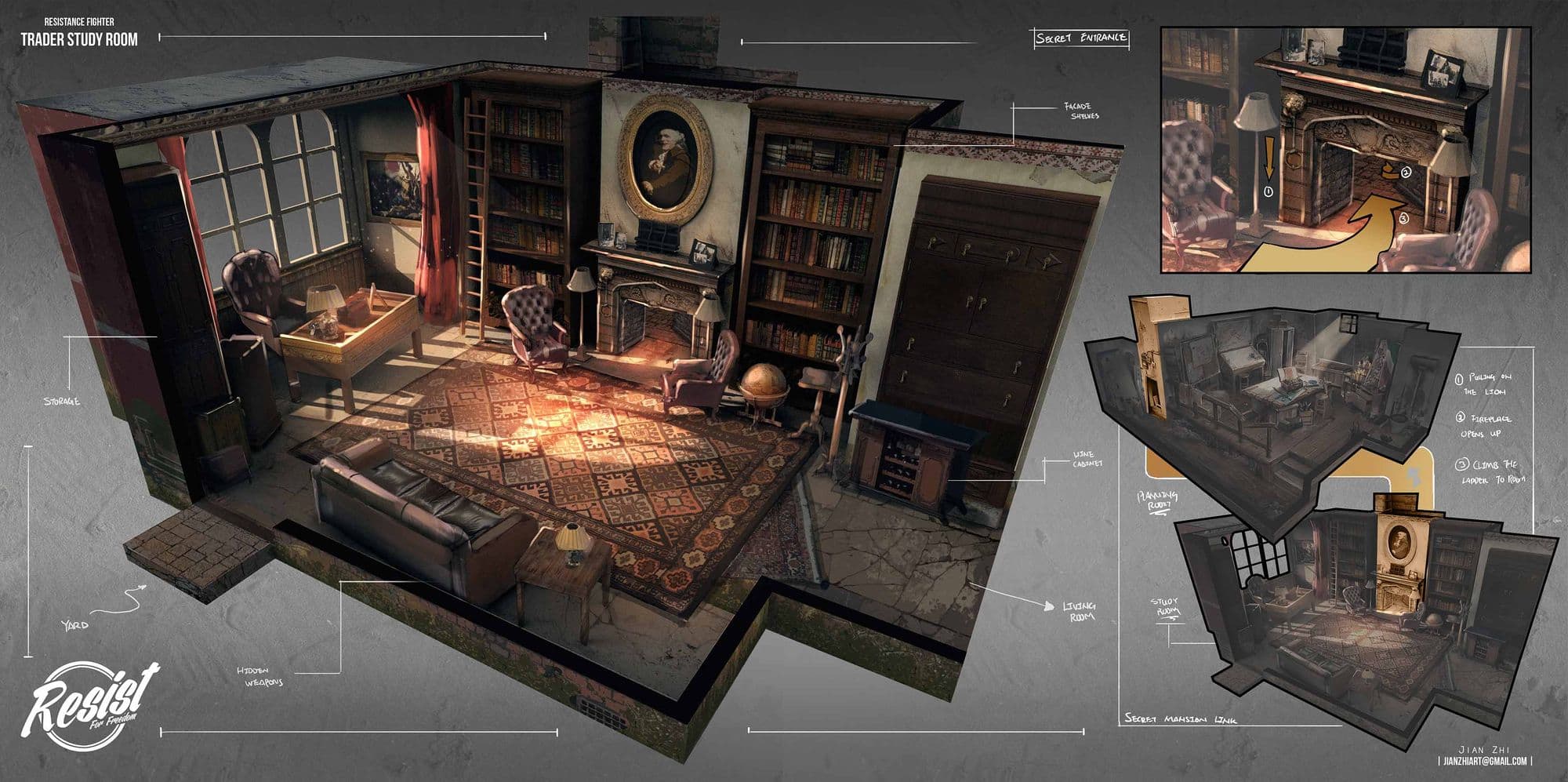
FX TD
FX Technical Direction, or FX Artists are usually involved in the pre-production planning of a project as they will require a lot of research and development time if the special effects are complex. An FX TD will create simulations of elements like water, fire explosions, smoke, dust particles, which are added in shot and handed over to Compositing. FX TDs also work at an asset level, creating hair grooms and cloth for characters, creatures and assets.
Layout Artist
The Layout Artist will use storyboards as reference to create camera angles for a scene, as well as placing or 'laying out' the props and environments made by the Modelling department. With the help of editing, that scene will then be broken down into shots. Animators, Lighters and Compositors will work on those shots through the cameras set by the Layout Artist.
Groom TD
Groom Technical Directors create believable hair, fur, and feather grooms for characters, props and environments. Groom TDs work closely with Creature TDs regarding the requirements for their workflow. They also work closely with the modelling, rigging and lookdev teams to ensure the best quality work is being produced at all times. Creature TD’s are integral to the development of animation and simulation rigs for creatures, digital doubles, vehicles, props and the subsequent simulations. You will find technical and creative solutions to develop high quality rigs and simulations according to the needs of the production.
Lighting TD
Traditionally considered a very technical role, the Lighting TD or Lighter, also needs to have an eye for colour, tone, atmosphere and composition, an understanding of how light reflects on objects in nature and the real world determines how we perceive them. A Lighting TD on a VFX project will use on set reference to replicate the lighting on set so that the CGI integrates seamlessly. On an animated feature, a Lighting TD is setting the lighting and atmosphere for an entire sequence - usually starting with a 'key' shot, and replicating to similar shots. The lighting TD replaces compositing in VFX studios, and is the person building the final shot and delivering it to the editing department.

Look Development Artist
Lookdev Artist’s are responsible for producing high-quality shaders and materials for digital assets. They are similar to texture artists in terms of adding color and texture to models. However their focus and attention is more technical as they work to develop shaders. A shader is a type of computer program originally used for shading in 3D scenes. They now perform a variety of specialized functions in various fields within the category of computer graphics special effects, or else do video post-processing unrelated to shading, or even perform functions unrelated to graphics.
Matchmove Artist
The Matchmove Artist creates 3D models of camera moves and other rough blocking animation in a computer environment. They work with the Visual Effects Supervisor and Animation Director to establish the composition and timing of each shot. In the CG Layout process, camera matchmoves are integrated into the framework of each sequence, so that they can be replicated in the computer for later use. Sometimes, a sequence may be composed entirely of Computer Generated shots. Matchmove artists are also involved in various other tasks that help ensure camera accuracy and continuity.
Matte Painter
A Matte Painter creates 2.5D elements for shots. He or she might create an asset like a sky, which is added to a sequence of shots and then potentially tweaked or painted on, at the shot level, to break up any repetition. The Matte Painter will also draw all landscapes and background elements to be placed in a shot. A good Matte Painter has strengths in traditional art techniques, as well as a grasp of 3D texturing.
Modeler
A 3D modeler is responsible for bringing characters and animations to life. The term “3D modeling” refers to the process of creating a three-dimensional representation of an object using specialized software. This representation, called a 3D model, can convey an object’s size, shape and texture. You can create 3D models of existing items, as well as designs that have not yet been built in real life.

Previsualisation Artist
Storyboards may not be done for VFX projects, however you may come across "Previs''. Previs Artists create rough, most times grayscale 3D models and environments, to place in a scene in order to map out the general camera angles, layout and animation for a scene. On bigger more complex productions, Previs is a key step in order to get a proof of concept of the planned CG, approved by the Director/Vendor.
Rigging TD
A Rigging TD has the responsibility of creating the backbone of a character, literally. The role requires someone to understand the needs of animation, know the human anatomy and be familiar with programming languages. The Rigger is one of the more technical players in the pipeline and is essentially tasked with ensuring the 3D models deform well and preparing them for Animators to work with. TD is an acronym for "Technical Director", and is a title you will find used for more technical, and less artistic roles.
Texture Artist
A Texture Artist is someone who adds layers of colour and texture to a CG asset to make it look realistic. Without them, CG assets and environments would just be a boring, uninteresting grey colour. The primary consideration a Texture Artist has to consider is how they contribute to the overall story of a CG Asset. Like the Modeller, a Texture Artist is one of the storytellers behind a CG asset.
Important Skills required to become a VFX artist
There are plenty of jobs available to people in the visual effects industry. For those of you interested in the more creative and technical roles there are definitely some important skills you should focus on early in your training.
The skills I'm referring to are not related to software and technology. Those will come later when you really start digging into your training. However, a solid foundation in the following skills will help you for years to come:
- Composition and light
- Visual Aesthetics
- Drawing
- Sculpture & Anatomy
- Mechanics and Movement
- Passion for Film
- Real world observation
- Communication skills
- Photography
How much money can I make in Visual Effects?
As in any industry there are exceptions to the rule, however the following should give you a good idea of the average salaries involved with different stages of your career. This information has been sourced from multiple government databases and various industry surveys.

* Currency Conversion completed April 2019.
Entry Level Artist
US: $22,000 - $52,000 | GBP: £17,000 - £40,000 | AUD $31,000 - $74,000
Senior Artist
US: $67,000 - $100,000 | GBP: £52,000 - £78,000 | AUD $95,000 - $143,000
Supervisors & Management
US: $100,000 - $136,000 | GBP: £78,000 - £104,000 | AUD $143,000 - $190,000
How do I start learning Visual Effects (VFX)
Traditionally speaking, there are two main ways to start learning Visual Effects. Go to a school, or teach yourself at home. It's very easy to find persuasive case studies for both learning paths so which should you choose?
In my opinion this depends entirely on you. Some people are great at learning skills themselves and don't need help for the heavy lifting part. On the other hand, there are people who need to be surrounded by others and need strict schedules and tasks. It really is up to you, and how you like to work.
Regardless of which approach to learning vfx you take, the most important thing to do is just start. It's that simple.
Regardless of which approach to learning you take, the most important thing to do is start. It's that simple. Pick up a book, start sketching, watch and analyse a movie, watch documentaries about visual effects, attend local events. Just get started. If you don't have the passion and motivation for this, then it doesn't matter how good your education - you will never make it.
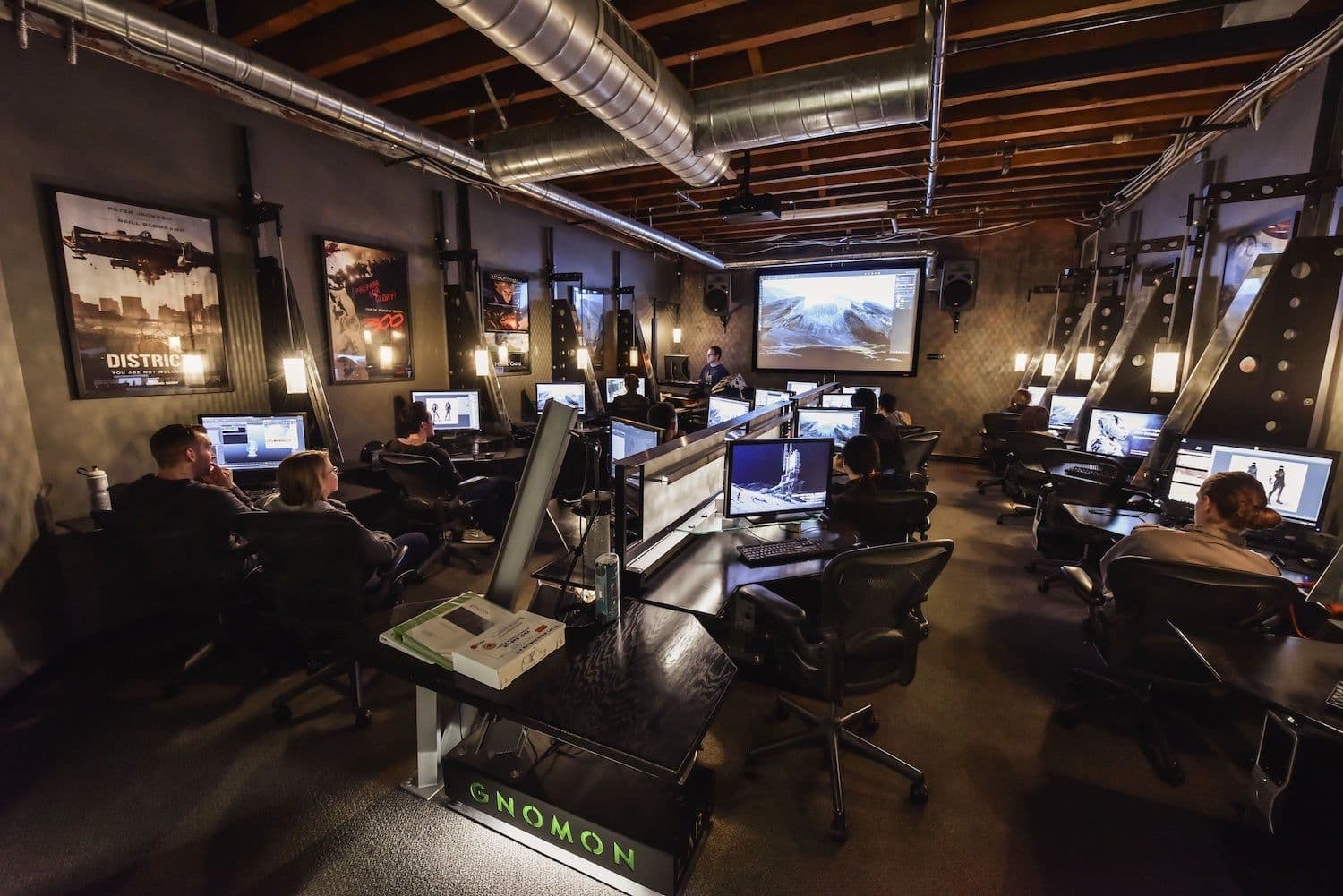
Self taught vs University - Which is better?
As mentioned, there are very strong debates for both sides of the learning process. Provided below is an overview of the most common advantages for both methods of learning.
Self taught Advantages:
- ability to set your own pace
- often a cheaper option
- no time wasted learning unnecessary skills
University Advantages:
- accreditation will help with overseas Visa applications
- access to cutting edge facilities and software
- direct access to industry experts
- increased networking opportunities
- increased motivation being surrounded by peers and lecturers
- access to educational software licenses
Top 10 Visual Effects (VFX) Schools in the World
Wouldn't it be great if schools actually competed against each other to see who was the best school? This is exactly why the Rookie Awards was started back in 2010 and why their annual School of the Year rankings are so important to everyone.
The School of the Year rankings are based on the quality and performance of student work that is submitted to our judging panel each year for the Rookie Awards.
Most people feel that traditional school rankings that include peer and employer reviews, faculty to student ratio, citations and other data are not adequate when ranking the best creative schools. This might work for more traditional career paths, however when it comes to technical and creative such as Visual Effects which don't have standardised testing.

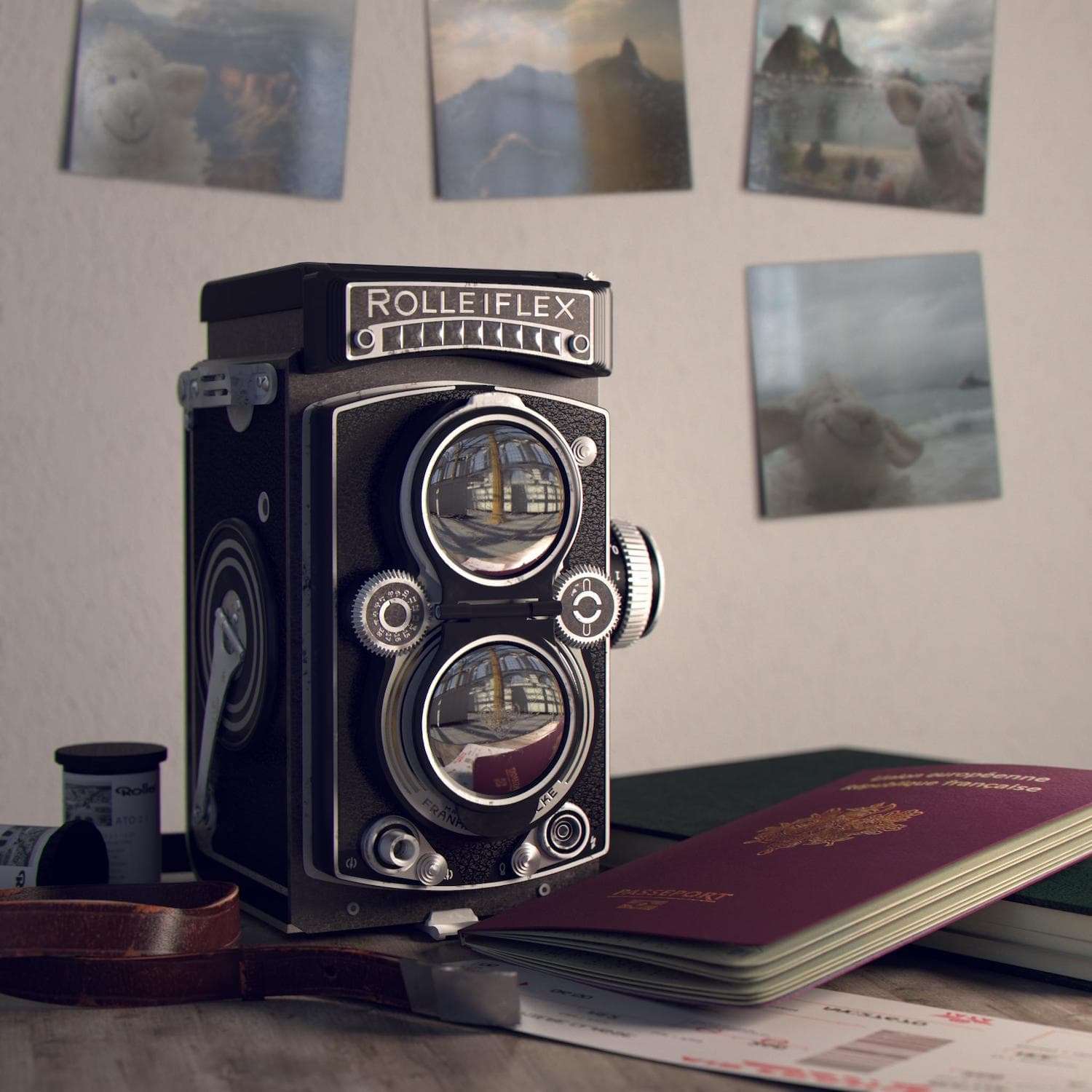




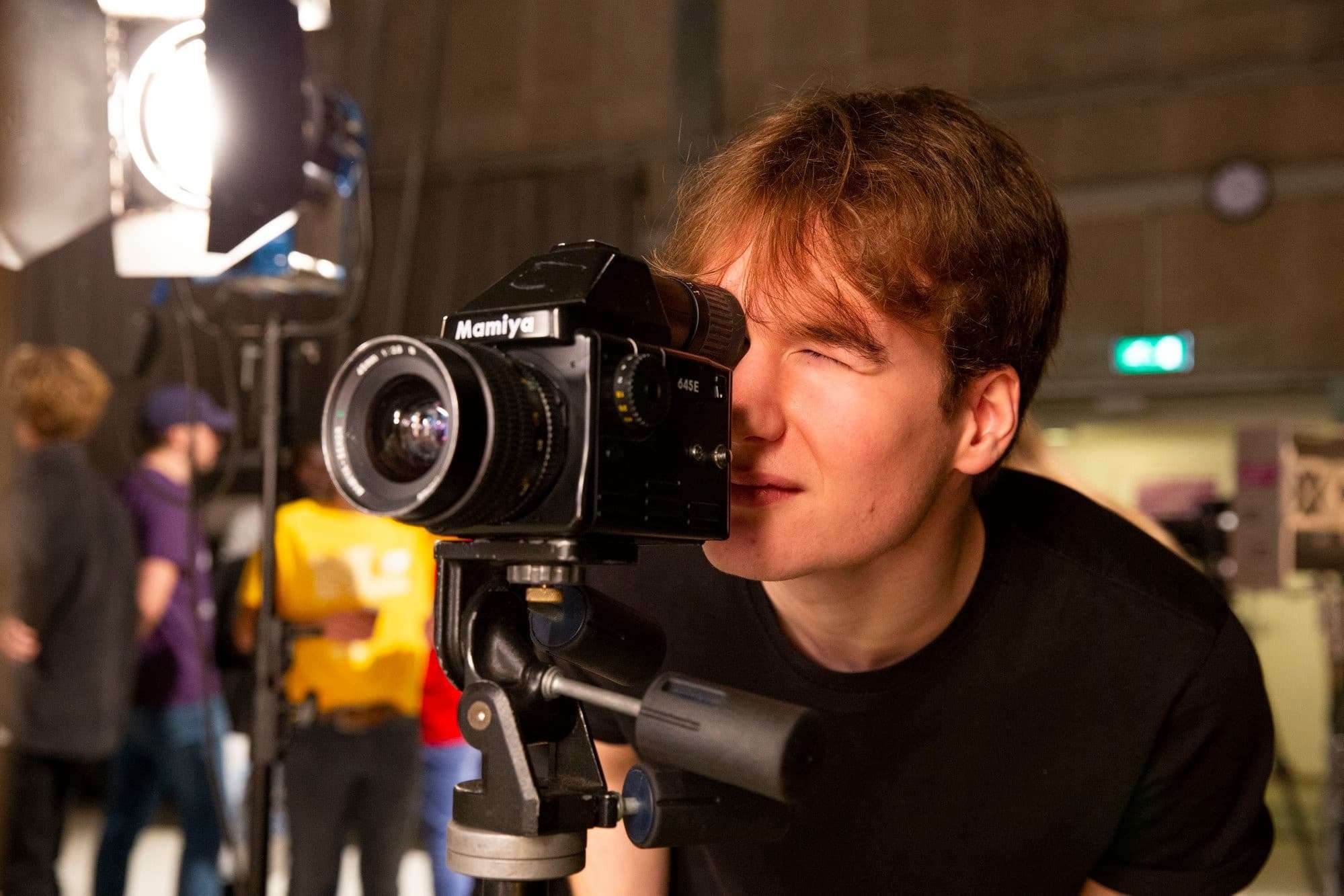
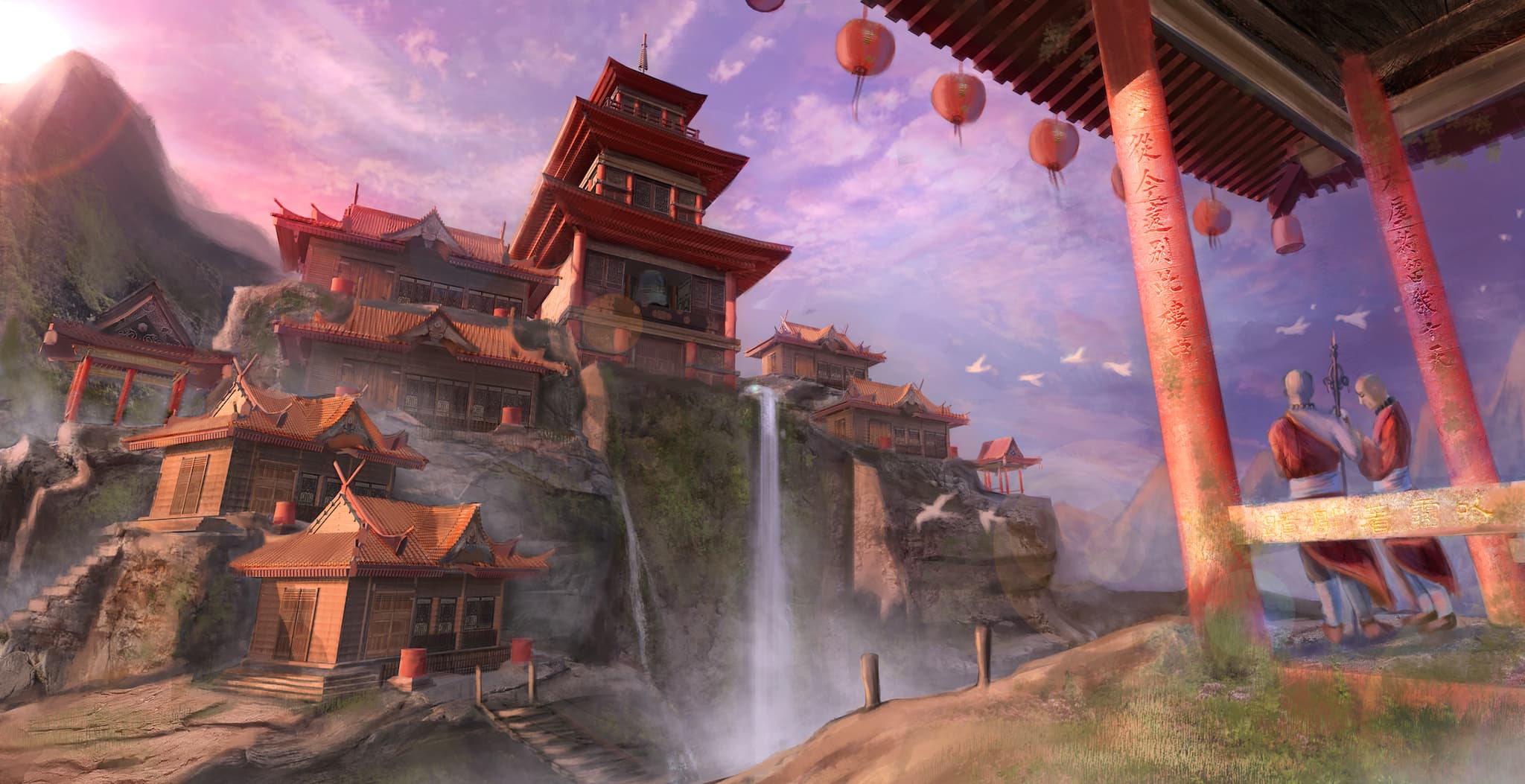
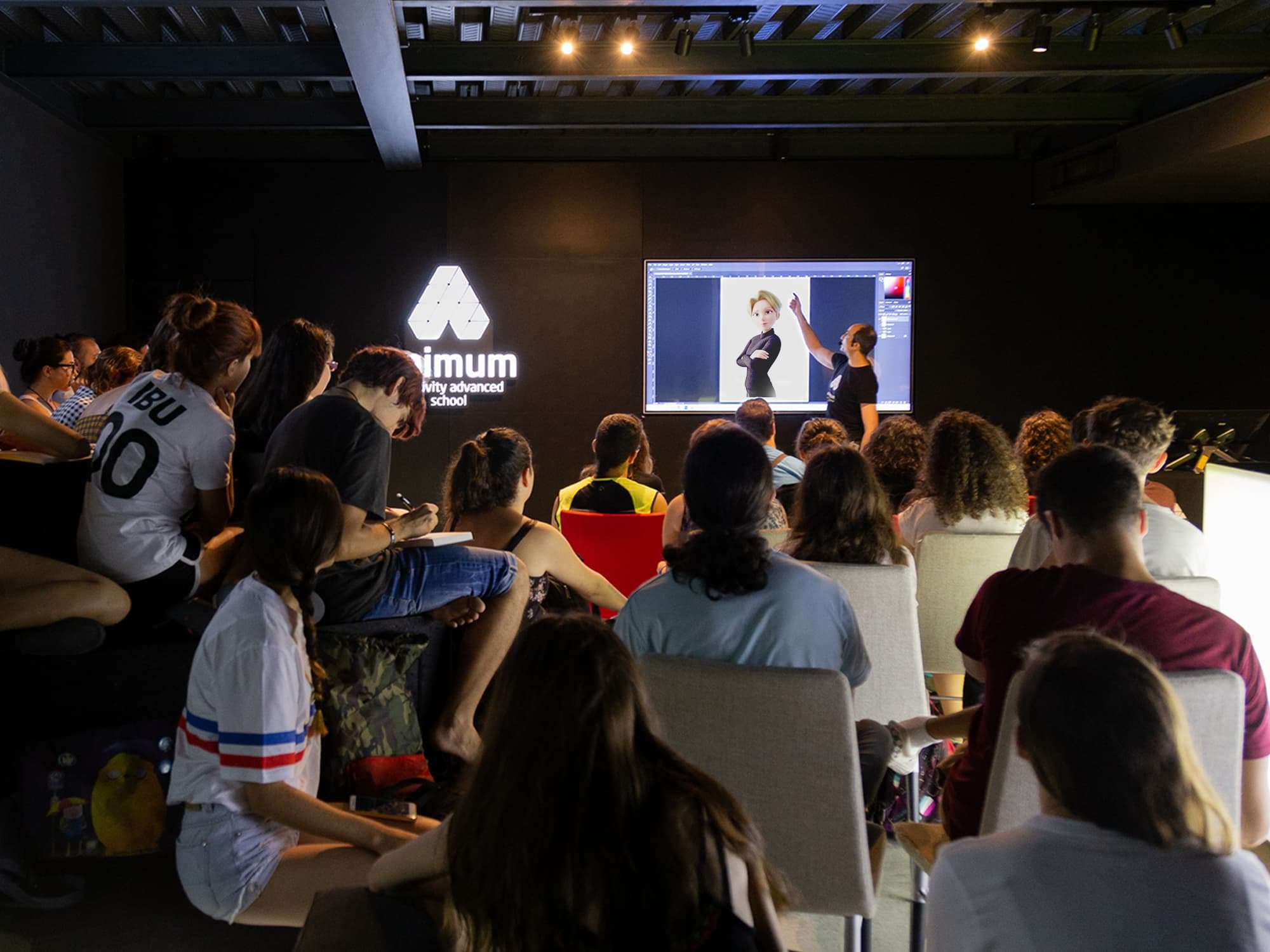
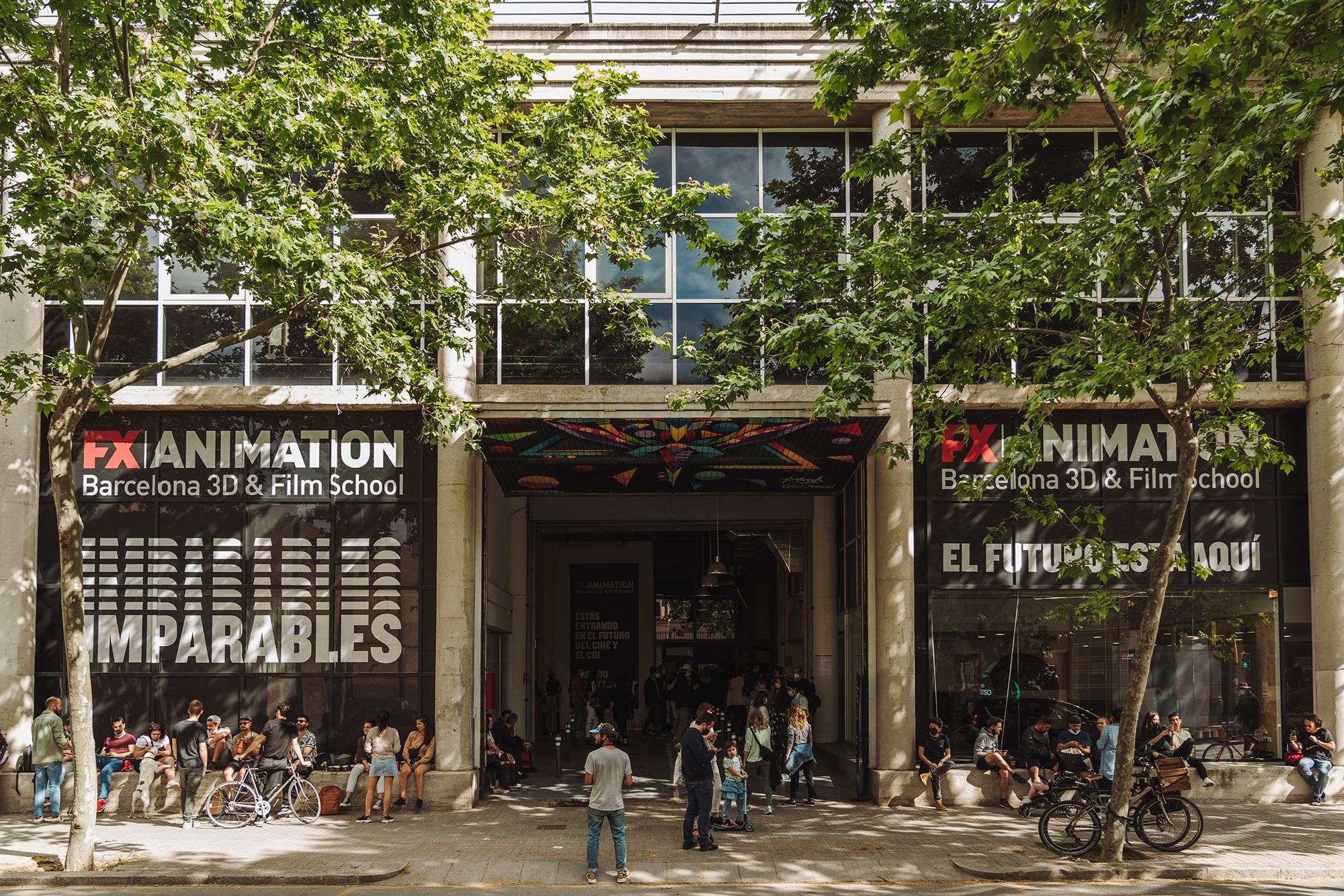
Find the Perfect Creative Media Art School For You
Choosing a school to learn creative media is a massive decision. Getting it wrong can cost you time, money and future happiness. Use this search to find schools that interest you and speak to a team that can help. After you have narrowed down your list of schools, here are some questions to ask to help you get a better understanding of which school is right for you.
Important questions to ask an Art School before you give them money
When looking for a school, it can be easy to get distracted by the endless advertisements and glowing references from previous students. Doing your research can help avoid making a mistake.
What percentage of your teaching staff are working in the industry right now?
Be careful of schools that don't have any current or recent industry professionals. Many schools employ recent graduates that have little to no experience and just set you tasks, but are not able to help or give relevant advice.
Who wrote your curriculum and what makes it better than other schools?
This will show you if they have strong internal educators or rely completely on external vendors to provide their training material.
How many of your students from last year have jobs?
This will help you understand how soon it takes for alumni to get a job and what percentage actually were employed.
Tip: Ask for names here if possible, then track them down on LinkedIn. Ask them directly if they would mind answering a few questions about their experience. Don't stalk people or be annoying. However, you will find that most people are super helpful and will share their thoughts openly.
What visual effects software will you teach me?
When you get this information, cross-check it against the list of recommended software here. Often schools will have contracts with certain companies which limits their access to industry approved software. Also make sure to ask if all their software is up-to-date.
What are the most common jobs people get after your course?
Make sure they are super specific with this one. Are graduates all working as Compositing Artists? Are graduates actually doing jobs that you want to do? Are graduates just working as Runners. This is a sure fire way to truly figure out what your employment chances are like after graduation.
Tip: Schools love to show all the films that their alumni have worked on. However, be careful with this one. Often they will use recent blockbuster films from alumni that attended 10+ years ago and were not the reason for the artists success.
Which studios do you have strong relationships with?
Good schools will always work closely with leading studios. This means they will often have guest speakers, events and recruiters helping out to make sure the school is staying relevant and on track. Get the names of studios and do your own research, it will be pretty obvious.
What computer equipment and facilities do you get access to?
It's amazing how many schools don't even provide computers or even a working environment you'd want to spend time in. When studying visual effects, you are going to spend a lot of time at school, so make sure it's somewhere descent.
Essential Communities for 3D Modelling
The number one community that we recommend is The Rookies, and it's for good reason. They have a simple mission, to help people go from novice to professional in 5 steps.
The team knows nothing feels better than working in creative industries for that first year, just like Rookies do in major league sports. That feeling of accomplishment after putting in so much hard work and perfecting your skills. This is what they can help you achieve with access to free training, live sessions, access to professional mentors, huge contests and challenges. The best part is the whole experience is gamified and you can earn industry recognised badges and certificates.

Some Words of Advice
If you have read this far it means you are motivated and excited about a career in Creative Media & Entertainment. These industries are relatively new, highly competitive, but are also incredibly rewarding on a personal level. Here are a few things to consider:
- creative industries opens a lot of doors to travel the world
- there are plenty of opportunities out there, and it's not slowing down.
- your skills can be used in Television, Advertising, Architecture, Automotive Industry, Medical, Games, Visual Effects, and these are only set to grow over the years.
- career progression into senior management roles is quite common. There are studio executives that started as runners and junior artists.
- artists can win Oscars, help solve medical problems, visualise cities and even space. Imagination really is the only limit here these days.
- focus on your fundamental art skills, whether it's film, drawing, music, writing, technology or gaming. It all helps.



